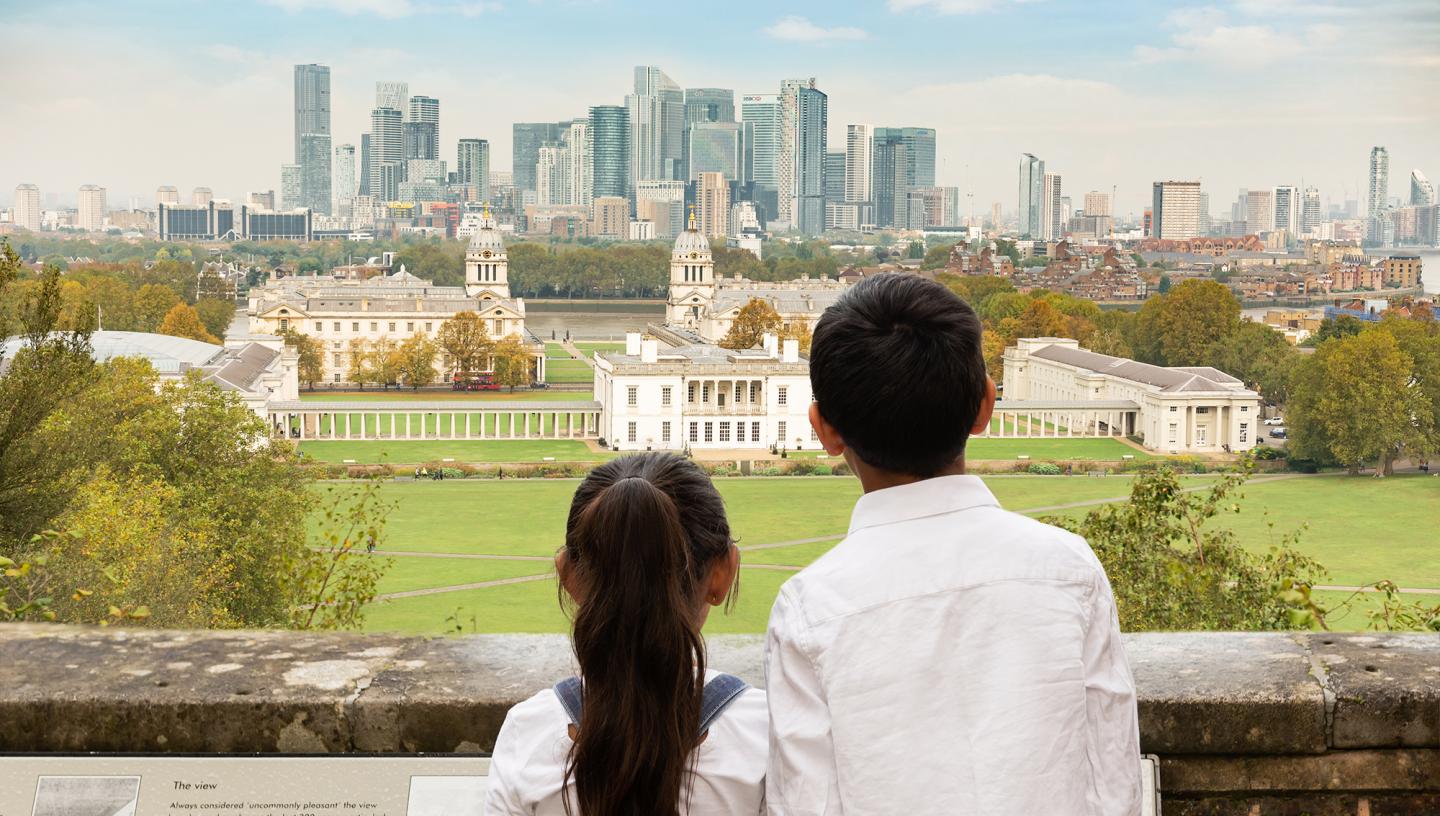
To mark the 200th anniversary of the first (Western) sighting of Antarctica, teachers and children from year 5 at Rathfern Primary School in Lewisham worked with the Learning team at the National Maritime Museum around the theme of Antarctica.
The children participated in online workshops with staff at the Museum, polar scientist Prem Gill and Royal Museums Greenwich artist in residence Katie Paterson and used what they discovered to create their own messages for Antarctica. See their responses in this online exhibition.
What's your message for Antarctica?
About
Katie Paterson
Katie Paterson is Royal Museums Greenwich artist in residence for 2020. Her artwork relates to space and time connecting people through transporting experiences. She explores cosmic time, deep time, geological time, human time, and our reciprocal relationship with the Universe. This residency provides the exciting opportunity to work within the context of where time originated, at one of the world’s leading observatories, allowing the development of innovative research, and continuing to make lasting connections between the arts and sciences.
One of the projects Katie is currently working on involves Antarctic ice cores.
Prem Gill
Prem is a PhD candidate leading the "Seals from Space" project with the Scott Polar Research Institute (SPRI), British Antarctic Survey (BAS) & World Wildlife Fund (WWF). Outside of this, Prem is interested in increasing opportunities for underrepresented/disadvantaged groups to enter non-typical fields at leading institutes.
As the founder of Polar Impart and BAS Diversity Champion, he has used his research to spearhead multiple projects to attract and retain talent from non-traditional backgrounds within polar and conservation science. This work spans a range of audiences, from hosting citizen science events to creating art installations using Antarctic seal sounds to produce Grime music.
Prem is also a researcher working on Frozen Planet.

Be inspired at Royal Museums Greenwich
Our supporters
This project was commissioned with the UK Antarctic Heritage Trust as part of its cultural programme Antarctica In Sight.
